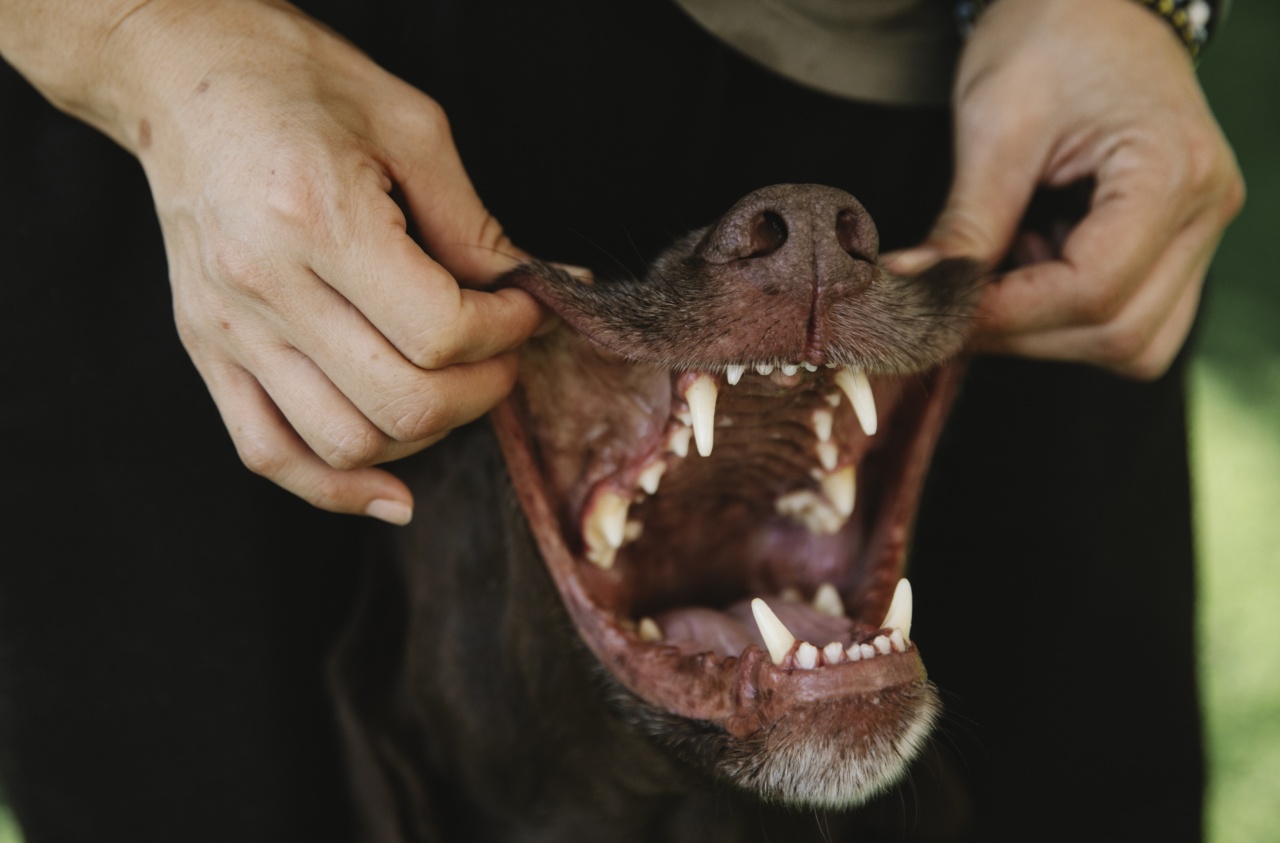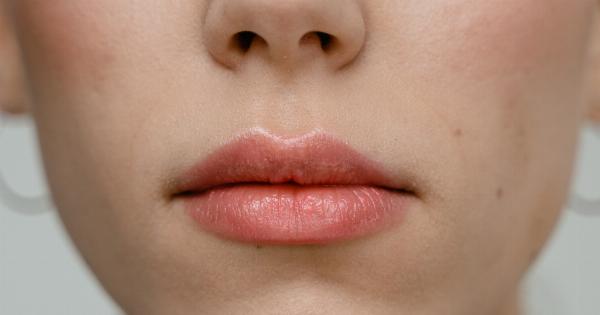Breathing is one of the most essential involuntary actions that our body does to sustain life.
But have you ever stopped and wondered if there is a “correct” way to breathe? In this article, we will discuss the advantages and disadvantages of breathing through the nose and mouth, and which method is best for different situations.
The Advantages of Breathing through the Nose
Breathing through the nose is the most natural and optimal way to breathe, as it has many benefits for our health. Here are some of the advantages of breathing through the nose:.
Filters Air
The nose is designed to filter the air we breathe, removing any dirt, dust, or allergens that could harm the lungs. The nasal hairs and mucus lining trap these particles, preventing them from entering the body.
Warms and Moisturizes Air
The nose also warms and moisturizes the air, making it easier for the air to enter the lungs. This is particularly important during cold weather or in dry environments, as it prevents the air from drying out the respiratory system.
Stimulates the Production of Nitric Oxide
Breathing through the nose also stimulates the production of nitric oxide, a compound that helps to relax blood vessels and improve oxygen uptake in the cells. Nitric oxide is also anti-inflammatory and can prevent infections in the respiratory system.
The Disadvantages of Breathing through the Nose
While there are many benefits of breathing through the nose, there are some situations where mouth breathing may be more appropriate. Here are some of the disadvantages of breathing through the nose:.
Not Effective during Exercise
Breathing through the nose can be challenging during heavy exercise or intense physical activity, as it can restrict the amount of oxygen that reaches the lungs.
Mouth breathing is more effective in these situations, as it allows for a greater volume of air to enter the body.
Difficulty in Breathing with Nasal Obstructions
People who suffer from chronic sinusitis or nasal congestion may find it difficult to breathe through the nose, which can lead to snoring, sleep apnea, and other breathing disorders.
In these cases, breathing through the mouth may be more comfortable and effective.
Can Cause Dry Mouth
In some cases, breathing through the nose for extended periods can cause a dry mouth. This can be due to a lack of saliva production, which can lead to bad breath, tooth decay, and other dental problems.
The Advantages of Breathing through the Mouth
Breathing through the mouth may be more appropriate in some situations, as it has several advantages over nose breathing. Here are some of the advantages of breathing through the mouth:.
Easier during Exercise
Mouth breathing is more effective during heavy exercise or intense physical activity, as it allows for a greater volume of air to enter the body. It is also less restrictive than nasal breathing, allowing the body to take in more oxygen.
Useful during Nasal Obstruction
Breathing through the mouth can be helpful for people who suffer from chronic sinusitis or nasal congestion, as it allows them to breathe more easily.
It is also effective for people who wear nasal strips or other devices that make nasal breathing difficult.
Prevents Dry Mouth
Mouth breathing can prevent a dry mouth, as it stimulates saliva production. This can help to prevent bad breath, tooth decay, and other dental problems that can be caused by a lack of saliva.
The Disadvantages of Breathing through the Mouth
While breathing through the mouth can be beneficial in some situations, it is not the most natural way to breathe and can have some negative effects on our health. Here are some of the disadvantages of breathing through the mouth:.
Dries Out the Respiratory System
Mouth breathing allows the air to enter the body without being filtered or moisturized, which can dry out the respiratory system. This can make the respiratory system more susceptible to infections, allergies, and other respiratory problems.
Increases the Risk of Bad Breath
Prolonged mouth breathing can also increase the risk of bad breath, as it reduces saliva production and dries out the mouth. This can create an environment for bacteria to thrive, leading to unpleasant smells and dental problems.
Can Change the Facial Structure
Chronic mouth breathing can lead to changes in the facial structure, particularly in children. It can cause the upper front teeth to protrude, the jawline to change shape, and the overall facial structure to become altered.
Conclusion
While there are pros and cons to both nose and mouth breathing, the general consensus is that nasal breathing is the best option for most situations.
Breathing through the nose filters the air, warms and moisturizes it, and stimulates the production of important compounds like nitric oxide, all of which are beneficial for our health. However, there are some situations where mouth breathing may be more appropriate, such as during heavy exercise or when suffering from chronic nasal congestion.































